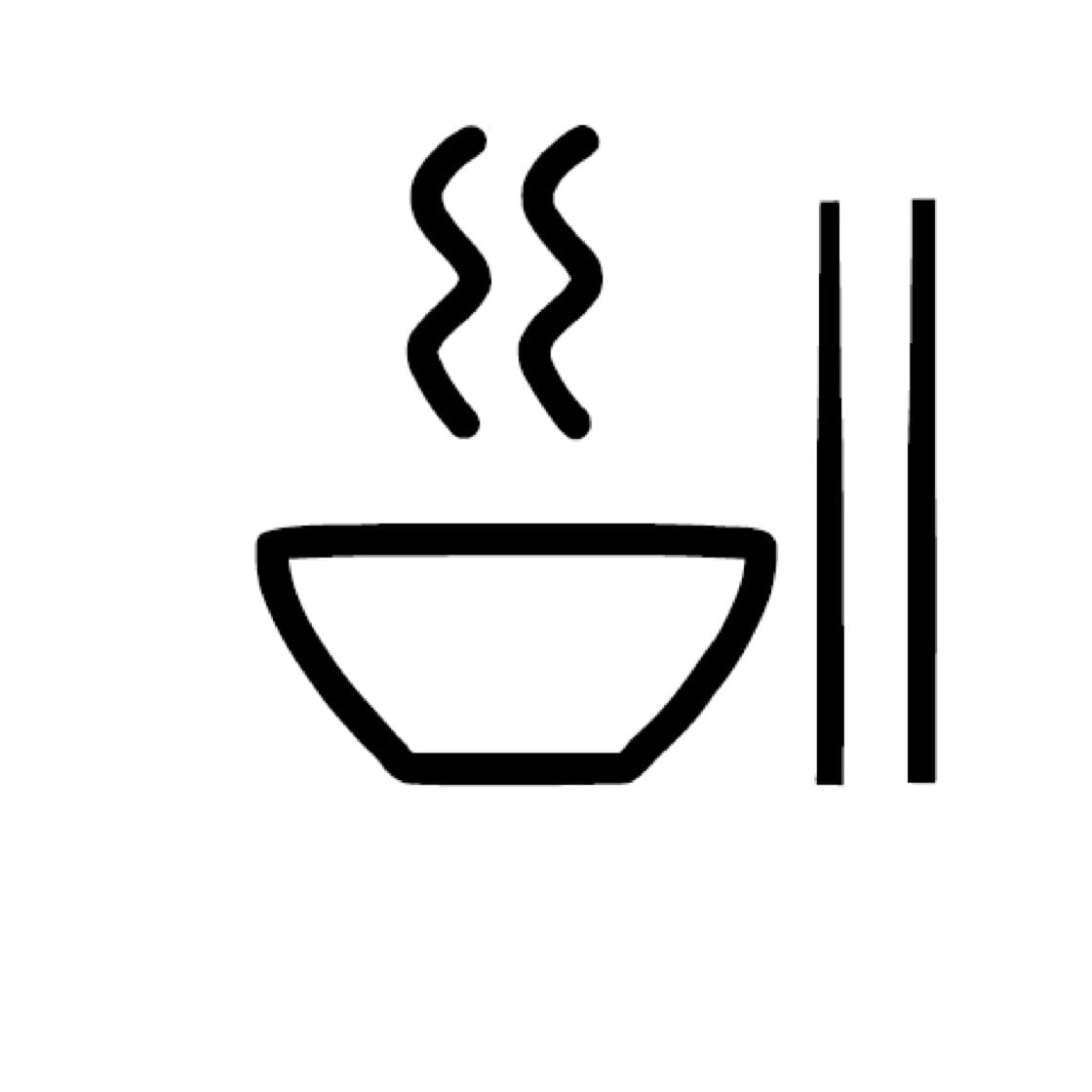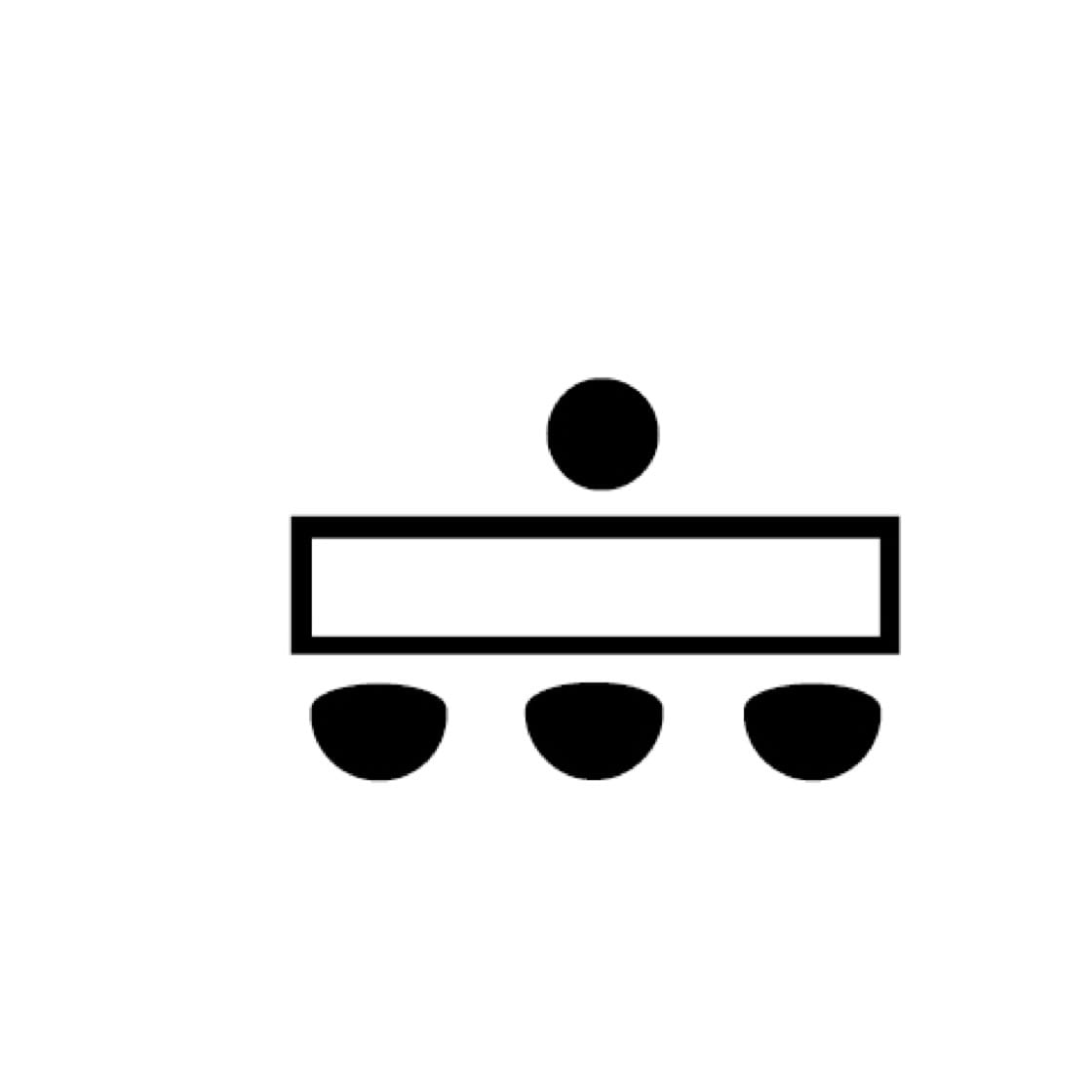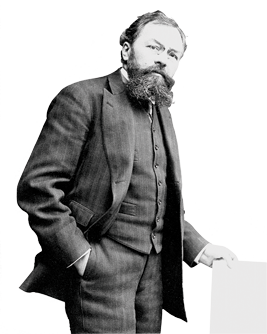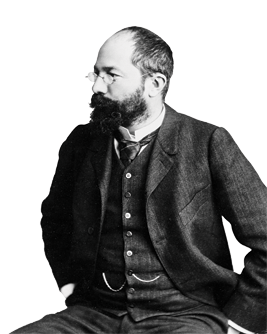
About the MICHELIN Guide Hong Kong Macau
Hong Kong and Macau, along with Singapore, China, Taiwan, Thailand, Korea and Japan has long been referred to as major dining destinations in Asia.
The vibrant territory offers a wide array of delicious offerings that run the gamut from casual street food, open-air teahouses to fine-dining creations by renowned local and foreign celebrity chefs.
The MICHELIN Guide Hong Kong Macau aims to showcase the best of the island’s food offerings via three interconnected channels:
- A gourmet digital lifestyle editorial with informative, interactive content that supports the MICHELIN Guide Hong Kong Macau's chefs and restaurants
- A series of culinary events with local dining establishments and foreign chefs rated by the Guide
- A MICHELIN Guide Hong Kong Macau print and digital guidebook that is solely, independently and anonymously produced by the MICHELIN Guide’s team of restaurant dining inspectors
The MICHELIN Guide has a network of websites and audiences internationally and advertising opportunities are open on our network of sites in various formats both locally and globally.
For advertising, partnership, sponsorship and events enquiries, please email: [email protected]

The MICHELIN Inspectors and Inspection Process
Who are the Michelin Guide's restaurant inspectors and how do they go about doing their jobs?
Envied by many for having quite possibly the best job in the world, the Michelin Guide’s stable of inspectors are all full-time employees of the Michelin Group who dine out regularly to put forth the best consumer recommendations for hotels and restaurant experiences.
Most of the them have studied in the best hospitality schools in the world, are widely travelled and have lived and worked in various countries around the world - and are collectively responsible for rating more than 45,000 hotels and restaurants in over 37 territories across three continents.
The 5 MICHELIN Inspection Criteria
To maintain the independence of their opinion, the inspectors always dine out anonymously, pay for their meals, and subsequently rate their experience according to five publicly acknowledged assessment criteria:
- Quality of the products
- Mastery of flavour and cooking techniques
- Harmony of flavours
- The personality of the chef in his cuisine
- Consistency between visits
- Anonymity: Although our inspectors are employees of Michelin, they’re above all customers first - just like you. Testing restaurants in complete anonymity in order to ensure that they do not receive any special treatment is essential to the credibility of the MICHELIN Guide.
- Independence: Michelin Inspectors are employees of the Michelin Group only and are not linked to any other organisations. Inspectors always pay for their meals in full to ensure independence.
- Expertise: Our inspectors are experts in food, dining and hotel sectors with many years of experience working in the hospitality industry.
- Reliability: The different categories awarded by the guide are never the result of one inspector’s assessment. Michelin Stars are given by a collective of inspectors who visit the establishment multiple times.
- Passion: What would be the point of so much work and such a strict approach if our inspectors weren’t passionate about food? Most Michelin Inspectors have either worked in the hospitality business or cooked in kitchens themselves – rest assured our reviews are written with passion, integrity and knowledge.
- Quality: Any restaurant can be reviewed for our guides as long as the establishment is deemed high quality based off Michelin’s 5 restaurant rating criteria.

The MICHELIN Distinctions and Symbols
What do each of the MICHELIN ratings mean? Here's a quick guide to the symbols and icons you may find the MICHELIN Guide editions.
MICHELIN Stars
The MICHELIN Guide conveys its restaurant reviews through two to three-line short summaries and an extensive system of symbols, the most revered of which are its globally renowned stars.
- 3 MICHELIN Stars: Exceptional cuisine, worth a special journey!
- 2 MICHELIN Stars: Excellent cooking, worth a detour!
- 1 MICHELIN Star: High quality cooking, worth a stop!



Bib Gourmand
Not quite a star, but most definitely not a consolation prize, the Bib Gourmand - named after Bibendum, the friendly Michelin Man and the official company mascot for the Michelin Group - is a just-as-esteemed rating that recognizes friendly establishments that serve good food at moderate prices.
Initially, restaurants were flagged with a red “R” symbol to indicate to readers that they were destinations that served “good cuisine at reasonable prices”, namely, a three-course meal should be priced within a fixed range — which today stands at NTD1,000 in Taiwan, €36 in most European cities, US$40 in American cities, HK400 in Hong Kong, MOP400 in Macau and Y5,000 in Tokyo.
Since the category’s debut, the Bib Gourmand symbol - the image of the Michelin Man licking his lips - has become a well-loved beacon for value-seeking diners looking out for good deals.

The Plate MICHELIN
In the 2016 edition of the French guide, Michelin launched a brand new L’assiette or The Plate symbol to recognise restaurants that 'simply serve good food' and the emblem has now been incorporated in guidebook editions around the world.

Service and Decor


Interesting Wine List
If you are looking for establishments with an excellent wine list, keep an eye out for this symbol. It covers a spectrum ranging from lists presented by sommeliers in luxury restaurants to simple spaces with a passion for wine.

Interesting View
These three crimson rays indicate particularly breathtaking sceneries for diners to enjoy while tucking into their food.

Terrace Dining
The patio parasol represents the option of terrace dining for the diners, or a relaxing meal in an open-air environment.

Simple Shop
Simple shops that offer great food despite their casual environment are to be found everywhere, and that’s something recognised by the MICHELIN Guide. Not to be confused with the street food category (reserved mostly for hawker stalls), the Simple shop icon denotes a humble space where the service and physical aspects are unfussy.

Counter dining
The counter symbol denotes the dining option in an open kitchen concept, where chefs are observed up close from the counters; a full view of the chefs in full action.
Recognising local flavours
The MICHELIN Guide does recognise local food variance too: In Asia, street-food stalls are recognized with a cart symbol while noteworthy tapas bars in Spain are recognised by an additional wine and toothpick symbol, and quality pubs in the UK/Ireland guide are marked with a beer mug symbol.
Meanwhile, restaurants with impressive notable wine, sake and cocktail lists are recognized with the grape, sake bottle and cocktail glass symbols respectively.

Street Food
The best way to experience Hong Kong and Macau food culture is to savour the street food from its iconic street food stalls and markets. There’s the symbol of a two-wheeled cart with a little roof. This denotes the physical characteristics of the establishment rather than the quality of the food.
History of the MICHELIN Guide
As with all great inventions that have changed the course of history, the MICHELIN Guide didn't start out as the iconic dining guide it is today esteemed to be. In fact, its roots were far more humble: the little red guidebook was originally conceived simply to encourage more motorists to take to the road.

A grand vision
It all started in Clermont-Ferrand in central France in 1889, when brothers Andre and Edouard Michelin founded their eponymous tire company, fuelled by a grand vision for the French automobile industry at a time when there were fewer than 3,000 cars in the country.
In order to help motorists develop their trips - thereby boosting car sales and in turn, tyre purchases - the Michelin brothers produced a small guide filled with handy information for travellers, such as maps, information on how to change a tyre, where to fill up on petrol, and wonderfully - for the traveller in search of respite from the adventures of the day - a listing of places to eat or take shelter for the night.

For two decades, all that information came at no cost. Until a fateful encounter that remains a favorite anecdote, we repeat today, when Andre Michelin arrived at a tire shop to see his beloved guides being used to prop up a workbench. Based on the principle that “man only truly respects what he pays for”, a brand new MICHELIN Guide was launched in 1920 and sold for seven francs.
A better way forward
For the first time, it included a list of hotels in Paris, lists of restaurants according to specific categories, as well as the abandonment of paid-for advertisements in the guide. Acknowledging the growing influence of the guide’s restaurant section, the Michelin brothers also recruited a team of mystery diners - or restaurant inspectors, as we better know them today - to visit and review restaurants anonymously.
In 1926, the guide began to award stars for fine dining establishments, initially marking them only with a single star. Five years later, a hierarchy of zero, one, two, and three stars was introduced, and in 1936, the criteria for the starred rankings were published.
During the rest of 20th century, thanks to its serious and unique approach, the MICHELIN Guides became best-sellers without equals: the guide now rates over 45,000 establishments in over 30 territories across three continents, and more than 30 million MICHELIN Guides have been sold worldwide since.







